Few regional contractors have as rich a history in the Southwest as Sundt Construction. Founded in 1890—more than two decades before New Mexico and Arizona achieved statehood—the company has made a name for itself with projects as diverse as mines, university buildings and a remote complex that would be home to the Manhattan Project.
While Tempe, Ariz.-based Sundt has grown into a national company, ranking No. 51 on ENR’s most recent Top 400 Contractors list, its Southwest roots remain strong. These days, projects run the gamut from highway and municipal infrastructure to data centers and advanced fabrication facilities that support the region’s burgeoning semiconductor industry—sectors that have enjoyed a sustained post-pandemic resurgence of activity, Sundt officials say.
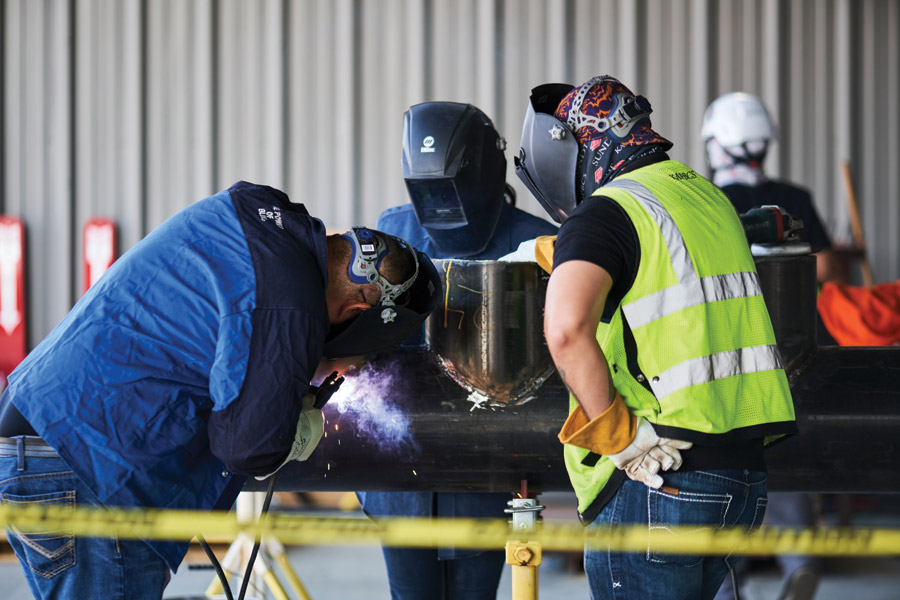
Pipefitter apprentices receive training at Sundt’s Center for Craft Excellence.
Photo courtesy Sundt Construction
As a result, Sundt reported $965.42 million in Southwest regional revenue for 2023, a 6% increase over the previous year’s performance.
Being an experienced, well-established player in an active, diverse construction market benefits the balance sheet, even amid intense competition for those opportunities. Still, Sundt CEO Mike Hoover says clients’ increasing emphasis on speed of construction work has placed new demands on all contractors.
“It’s a matter of putting a lot of work in place and having a lot of people on the project—something that’s super challenging when you consider the current labor shortage,” Hoover says. “In our proposals, we’re careful to plot out our manpower needs, fully aware of what we have to do to deliver projects to demanding clients.”

In Gilbert, Ariz., Sundt is teaming with PCL Construction on a $500-million reconstruction and upgrade of the North Water Treatment Plant.
Photo courtesy Sundt Construction
Hoover cites one recently completed project for a confidential client in New Mexico that required an accelerated, seven-day-per-week effort to transform a mothballed factory into a modern-day fabrication facility.
“It took a lot of skill and innovation to create clean room spaces in a building that was occupied by raccoons when we started,” he says.
Sundt CFO Keenan Driscoll adds that being a 100% employee-owned company creates a “stakeholder mentality” that inspires both office and trade workers to tackle these types of challenges.
“Sundt’s people do whatever it takes to get the job done right and take tremendous pride in the results.”
—Mike Hoover, CEO, Sundt Construction
“It’s a powerful cycle that keeps people focused on delivering more high-quality work,” Driscoll says. “That results in clients wanting us to do more work for them, which is important in an environment with a strong demand for services. We have a good reputation, and we value that.”
Sundt continually reinforces that culture with the unofficial motto of KAPBCS—Kick-Ass People Building Cool Shit—which can be found on company shirts, trucks, hardhat stickers, conference rooms and even recruitment materials.
“Sundt’s people do whatever it takes to get the job done right, and take tremendous pride in the results,” explains Hoover, who coined the term after becoming CEO in 2016 and demonstrated his commitment by having the acronym tattooed on his arm. “When thousands of people like that come together, united as employee-owners around the same mission and purpose, they create a culture that’s unbeatable.”
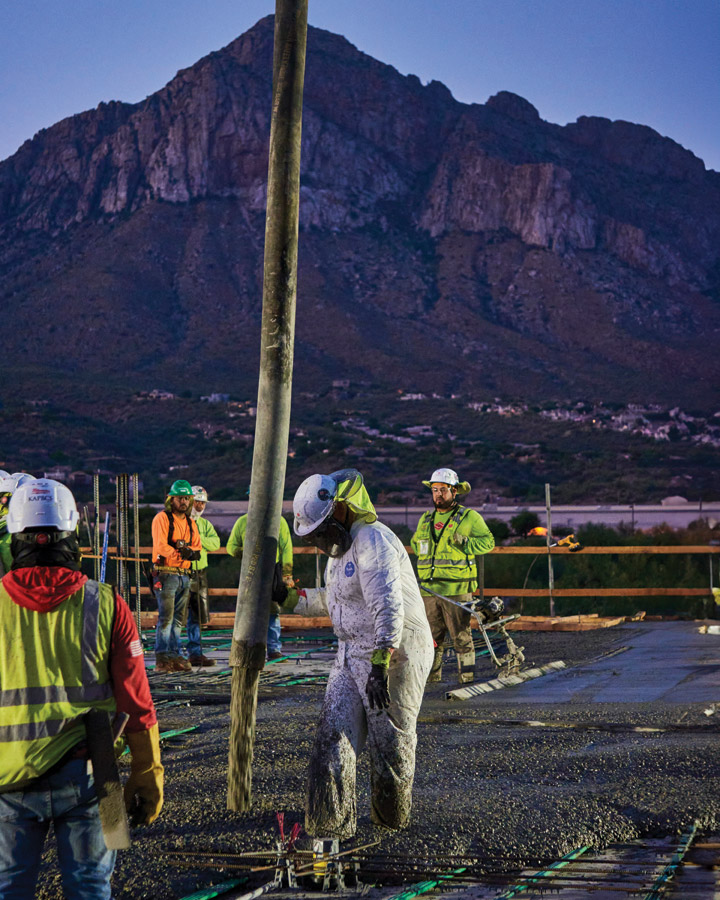
In Oro Valley, Ariz., Sundt’s concrete division is leading delivery of the La Posada at Pusch Ridge senior-living project, which is being constructed primarily as a cast-in-place structure.
Photo courtesy Sundt Construction
Strategies to Sustain Growth
Sundt’s reputation for tackling complex projects is evidenced by the increasing number of water and wastewater projects in its portfolio, a response to both the Southwest’s rapidly expanding population and economy and the resulting strain on water resources that has been exacerbated in recent years by drought and other factors. As a result, Sundt brings its construction expertise to help localities balance a host of sometimes conflicting needs and considerations.
“We want our craftworkers to see that they can have a career with us by developing their skills, making it easier to move between jobs and being employee-owners.”
—Nicole Calamaio, Chief Human Resources Officer, Sundt Construction
For example, Sundt is among the contractors involved with the city of Phoenix’s Drought Pipeline Project, a $300-million program of new pipelines and pump stations aimed at providing the more than 400,000 residents of the city’s northern communities with alternative drinking water sources during future shortages on the Colorado River.
As with its other water infrastructure projects for the city, Sundt’s commitment to the collaborative aspects of construction manager at-risk project delivery makes for more efficient, higher-quality work.
“As an organization, they really take that to heart,” says Darlene Helm, Phoenix’s deputy water services director. She adds that even though alternative delivery has become routine in the state, Sundt continues to facilitate periodic “conditions of success” discussions with project team members “to make sure we’re still on track and focused on the end goal of a successful project.”
In nearby Gilbert, Ariz., Sundt is teaming with PCL Construction on a $500-million reconstruction and upgrade of the North Water Treatment Plant, the largest clean water investment in the state’s history. The joint-venture project with PCL Construction will increase production by approximately 25%—to roughly 60 million gallons per day—and provide more than 70% of the town’s water supply when it’s completed in 2026.
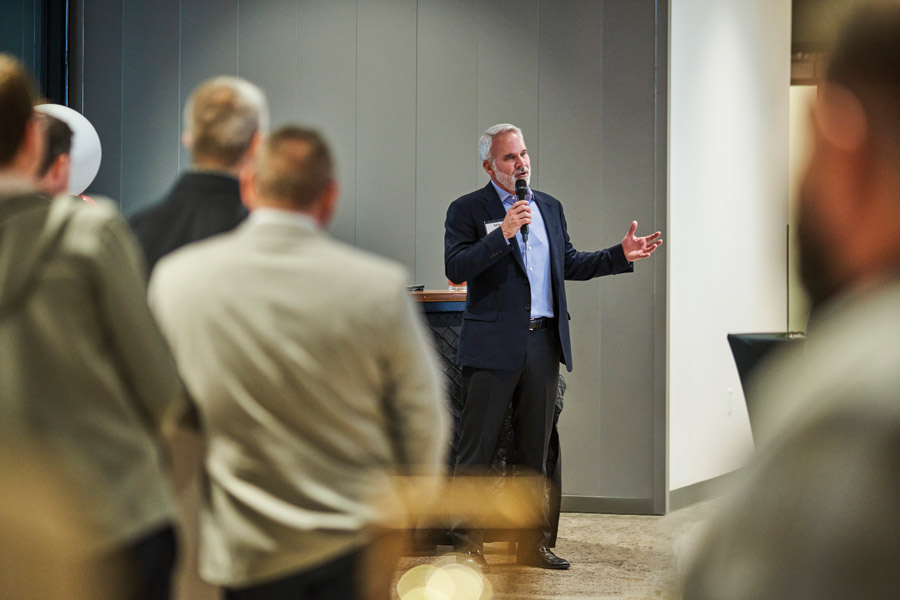
Sundt CEO Mike Hoover speaks to employees during an event at the company’s new training center.
Photo courtesy Sundt Construction
While the new facility will allow the town of Gilbert to capture a greater volume of previously untreatable groundwater, Susanna Struble, the town engineer, recalls how supply chain issues and commodity escalation threatened to overwhelm the project’s budget.
“They come to the table during the preconstruction phase as active participants in making sure we were looking at every alternative we possibly could to keep costs down as we’ve gone through escalation over the last several years,” Struble says. And because the existing plant must remain operational throughout construction, she adds, “they’re working very hard to make sure we stage and put the project together appropriately. They have the equipment, resources and people when we need them.”
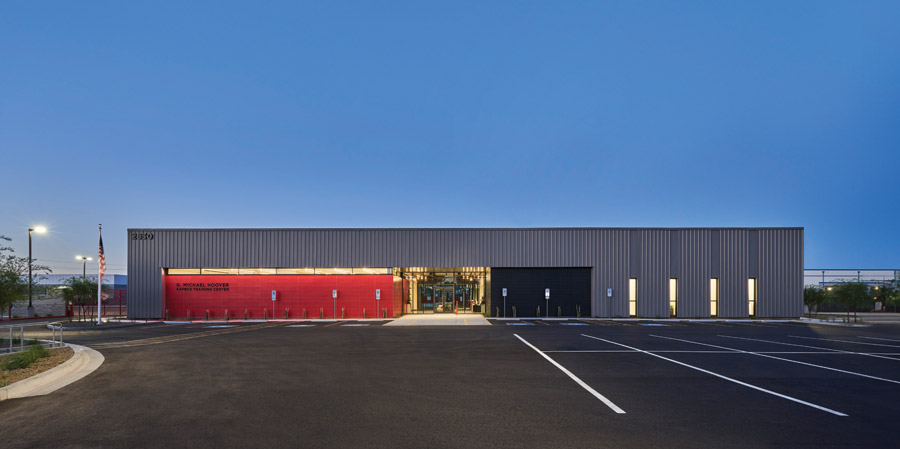
Sundt opened its $10.7-million KAPBCS Training Center in Phoenix in 2023.
Photo courtesy Sundt Construction
A Fight for Talent
Along with helping clients prepare for their long-term needs, Sundt is charting its own future with a recently completed strategic plan aimed to guide the company through 2035. While Sundt’s leaders expect the Southwest’s demand for construction services to remain high—particularly in infrastructure development, higher education and power generation sectors—so too will be the competition for engineering and craft labor.
Driscoll says that while artificial intelligence and other technologies may help bridge the gap somewhat via productivity and project organization improvements, contractors can expect “a street fight for talent, with everyone trying to one-up the next guy.”
Nicole Calamaio, Sundt’s chief human resources officer, says the company is focusing on all aspects of the employment relationship, from accelerating recruitment of “the best of the best” engineering students into the internship pipeline, to offering a wide range of craft training and apprenticeship programs. The company’s new 7,500-sq-ft training facility in south Phoenix provides indoor and outdoor training lab spaces, hybrid classrooms and a 200-person auditorium with audio-visual and teleconference capabilities.
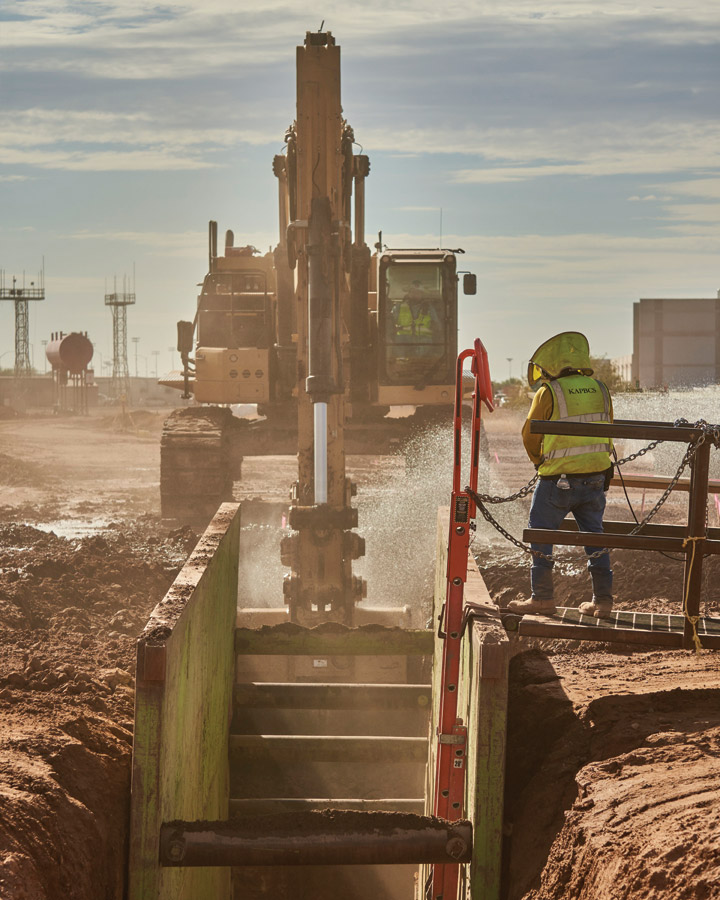
Sundt is currently leading a $36.7-million contract to deliver infrastructure/site development and roadways for the city of Mesa, Ariz.
Photo courtesy Sundt Construction
“We want our craftworkers to see they can have a career with us by developing their skills, making it easier to move between jobs and being employee-owners,” she says. “The old adage mindset of ‘you can find other workers tomorrow’ no longer applies.”
The same is true for extended travel, which Calamaio says was once accepted as simply part of the job.
“We have to be more flexible, because having someone away for long periods can be difficult to navigate, particularly for dual-income families,” she says. “We’ve already done a fair amount to support workers and their families, but we want to do more.”
For now, Hoover is optimistic about the company’s prospects in the Southwest at least through 2025.
“There’s a lot of opportunity out there,” he says. “The challenge will be executing that work with discipline, because it’s a tough industry.”




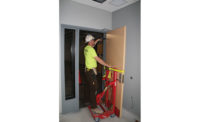
Post a comment to this article
Report Abusive Comment